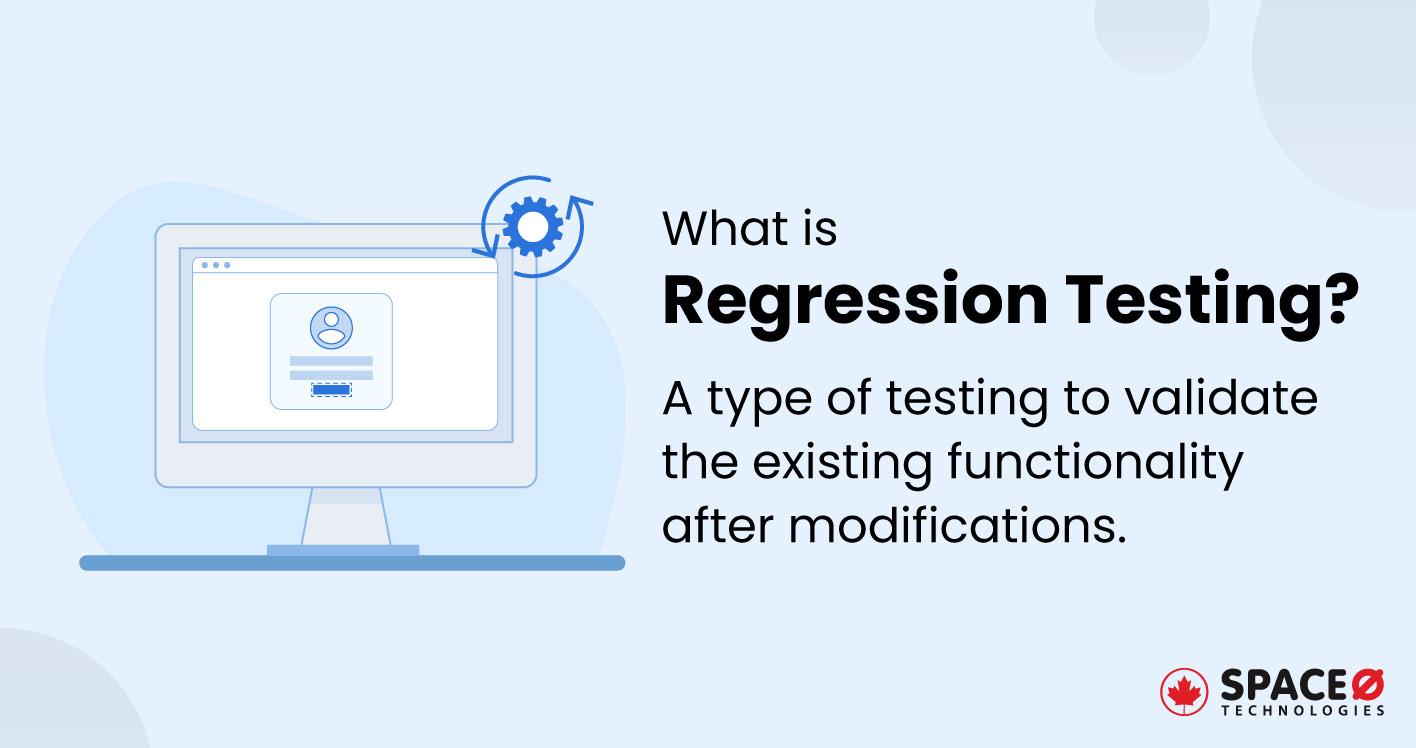
What is Penetration Testing? [A Brief Explanation]
Table of Contents
What is Penetration Testing?
Penetration testing is a type of security testing conducted on a software app, network system, or computer system to identify potential vulnerabilities that could be exploited by attackers.
The primary objective of penetration testing is to secure sensitive data from threats by identifying system weaknesses and addressing them instantly. There are three main types of pen testing which include black box testing, white box testing, and gray box testing. Penetration testing is indeed a part of non-functional testing, which helps you to know to make the software secure from all non-functional aspects that include performance, usability, and compatibility.
Similar to functional testing, conducting all types of non-functional testing is also important. If you are unaware of the types of non-functional testing, read our detailed guide on software testing types which help you to get all the essentials about software testing.
What is the Importance of Penetration Testing?
Let’s know how penetration tests are important before you launch the software to servers.
Identifying the Vulnerabilities
As a tester, penetration testing helps you to identify vulnerabilities that could be exploited by attackers. The vulnerabilities might exist in operating systems, services, application flaws, improper configurations, or risky end-user behaviour. Before you make the software live, you must check all the security aspects of the software solution.
Validation of Security Measures
Penetration testing helps validate the efficiency of defensive mechanisms and adherence to security policies and compliance requirements. By conducting pen tests, you get an independent and objective view of the network, system, and application security. This way, you can help organizations to understand their security posture more accurately.
Prevention of Financial Loss
By identifying and addressing vulnerabilities before attackers exploit them, penetration testing can save an organization from the potential monetary losses associated with a breach. These losses could include fines, recovery costs, and lost revenue due to downtime or reputation damage to the brand.
Protection of Client Trust and Company Reputation
A breach can lead to a loss of sensitive customer data, which can severely damage a company’s reputation. That’s where penetration testing helps organizations protect their reputation and maintain customer trust by securing data. Due to the penetration test, you can find the issues and fix them to make sure the data is secure.
Compliance Requirements
Regulations like the GDPR, PCI-DSS, and HIPAA, require regular penetration testing as part of their compliance requirements. That’s why organizations or businesses have to conduct testing by hiring penetration testers and if they fail to conduct these tests, the organization may face hefty fines and penalties.
Proactive Approach
Penetration testing provides a proactive way to address security before incidents occur. It is always better to identify and fix critical security vulnerabilities proactively rather than respond to a security breach after it has occurred.
Real-world Scenario
Penetration testing mimics real-world attack scenarios, offering an organization a real-time analysis of its security posture. This practical approach provides more significant insights than theoretical assessments and can reveal how effectively the organization’s defences can protect against an actual attack.
5 Steps of Penetration Testing Process
Planning and Reconnaissance
At the initial stage, you define the scope and goals of the pen test. Within the scope, you include information like the systems or software to be tested and testing methods. As security personnel, you need to collect the relevant information about the target system, which might include network and domain names, mail servers, etc. Any potential legal implications are addressed at this point, and permission is obtained for the planned testing.
Scanning
In this stage, the penetration tester interacts with the target system by sending data to it and analyzing its responses. This process is carried out using various manual and automated testing tools and methods.
- Static analysis: Reviewing the code of the software to estimate the way it behaves while running. Static can be done using tools to automatically scan the whole code in a short time.
- Dynamic analysis: Inspecting the code of the software in a running state. Dynamic analysis is more practical to know the real-time view of the software’s performance.
Gaining Access
Being a pen tester, you use web application attacks such as SQL injections, cross-site scripting, and backdoors to uncover a system’s vulnerabilities. The purpose to gain access to the software and its authorization is not just the exploitation of these vulnerabilities but also to understand the extent of the damage that can be caused.
Maintaining Access
At this stage, the penetration tester tries to imitate a potential attacker by maintaining a presence in the exploited system. The aim is to see if the vulnerability allows persistence in the system as this mimics what an actual attacker would do, potentially leading to further exploitation over time. This can often involve escalating privileges, gathering additional credentials, and pivoting to other systems.
Analysis and Reporting
This is the final stage where you compile a comprehensive penetration testing report. You include information in the report:
- The vulnerabilities found with their nature and location
- The potential impacts of the vulnerabilities
- Recommendations to address each vulnerability
- Detailed findings of the penetration test, including tools used, methods applied, test sequences, and the outcome of each test
The report aims to provide the organization with a clear understanding of its software’s weaknesses and actionable steps it can take to improve its security.
Which Techniques Are Used for Penetration Testing?
Here is the list of techniques that are used to perform the pen test.
- Social engineering: This technique involves manipulating individuals into revealing sensitive information. This might involve phishing (using emails to trick users into revealing credentials), vishing (voice calls to trick users), and in-person social engineering.
- Packet sniffing: Packet sniffers are used to capture data packets travelling over a network. This can help reveal sensitive information and identify potential areas of vulnerability.
- Vulnerability scanning: This technique involves using automated software to scan a system for known vulnerabilities, including insecure software configurations, outdated software with known exploits, and dangerous default settings.
- Password cracking: This involves attempting to crack a user’s password to gain unauthorized access to a system. Tools can use methods like dictionary attacks, brute force attacks, or rainbow table attacks.
- Network mapping: This is the process of discovering and visualizing nodes and pathways in a network. It can help a penetration tester understand how systems are interconnected and identify potential targets for exploitation.
- SQL injection: With this technique, you inject malicious SQL code into a database query. If the database is not properly secured, you can view sensitive information or manipulate database contents.
- Cross-site scripting (XSS): Using the XSS technique you inject malicious scripts into trusted websites. An attacker can use XSS to steal the session cookie and impersonate the user.
- Privilege escalation: This involves exploiting a vulnerability in a system or application to gain elevated access to resources that are normally protected from an application or user.
- Malware injection: This involves inserting malware into a system to create a backdoor, record keystrokes, or perform other malicious actions.
- DNS poisoning or spoofing: This technique involves introducing corrupt Domain Name System data into the DNS resolver’s cache, causing the name server to return an incorrect IP address and divert traffic.
Moreover, to ensure your penetration testing, you can conduct cross-platform testing as part of the penetration testing process. This way, you can identify and address vulnerabilities that may affect their software’s security on different platforms.
This helps ensure comprehensive security coverage and provides confidence in the application’s ability to protect sensitive data regardless of the platform it is running on. If you want to learn more, read our introduction post on cross-platform testing.
Which Tools Are Used for Penetration Testing?
Pen testing tools are software applications used to discover, analyze, and exploit vulnerabilities in a system to assess its security.
- Metasploit
- Nmap
- Wireshark
- Burp Suite
- Nessus
- OWASP ZAP (Zed Attack Proxy)
- SQLMap
- Aircrack-ng
- John the Ripper
- Kali Linux
So this is the list of penetration testing tools used for finding the security weaknesses in a software, web, or mobile application.
Difference Between Manual and Automated Penetration Testing
Check the following table to learn the difference between manual and automated pen tests.
| Parameter | Manual Penetration Testing | Automated Penetration Testing |
|---|---|---|
| Scope and Speed | With manual testing, you can deeply examine smaller systems, but it may take longer due to the need for human involvement. | Automated testing can swiftly scan large systems or networks and identify known vulnerabilities rapidly. |
| Vulnerability Detection | Manual testing excels at discovering complex, logic-based vulnerabilities and new threats that automated tools may overlook. | Automated testing is highly effective at identifying common, well-known vulnerabilities and system misconfigurations. |
| Human Intervention | Manual testing requires significant human effort, expertise, and time, as testers need to manually probe the systems. | Automated testing requires minimal human involvement once the software is set up, aside from analyzing the results. |
| Adaptability | Manual testing provides high adaptability, as human testers can quickly change their strategies based on the system’s responses. | Automated testing exhibits lower adaptability, as it operates on pre-set configurations and may not adapt well to unique scenarios. |
| Cost | Manual testing can be more expensive due to the extensive time and human resources required. | Automated testing is typically less expensive, especially for large systems, due to reduced human involvement. |
In conclusion, penetration testing is a vital process that identifies and addresses potential system vulnerabilities to enhance security and comply with regulations, using both manual and automated methods.
All our projects are secured by NDA
100% Secure. Zero Spam
*All your data will remain strictly confidential.
Trusted by


Bashar Anabtawi
Canada
“I was mostly happy with the high level of experience and professionalism of the various teams that worked on my project. Not only they clearly understood my exact technical requirements but even suggested better ways in doing them. The Communication tools that were used were excellent and easy. And finally and most importantly, the interaction, follow up and support from the top management was great. Space-O not delivered a high quality product but exceeded my expectations! I would definitely hire them again for future jobs!”

Canada Office
2 County Court Blvd., Suite 400,
Brampton, Ontario L6W 3W8
Phone: +1 (437) 488-7337
Email: sales@spaceo.ca




